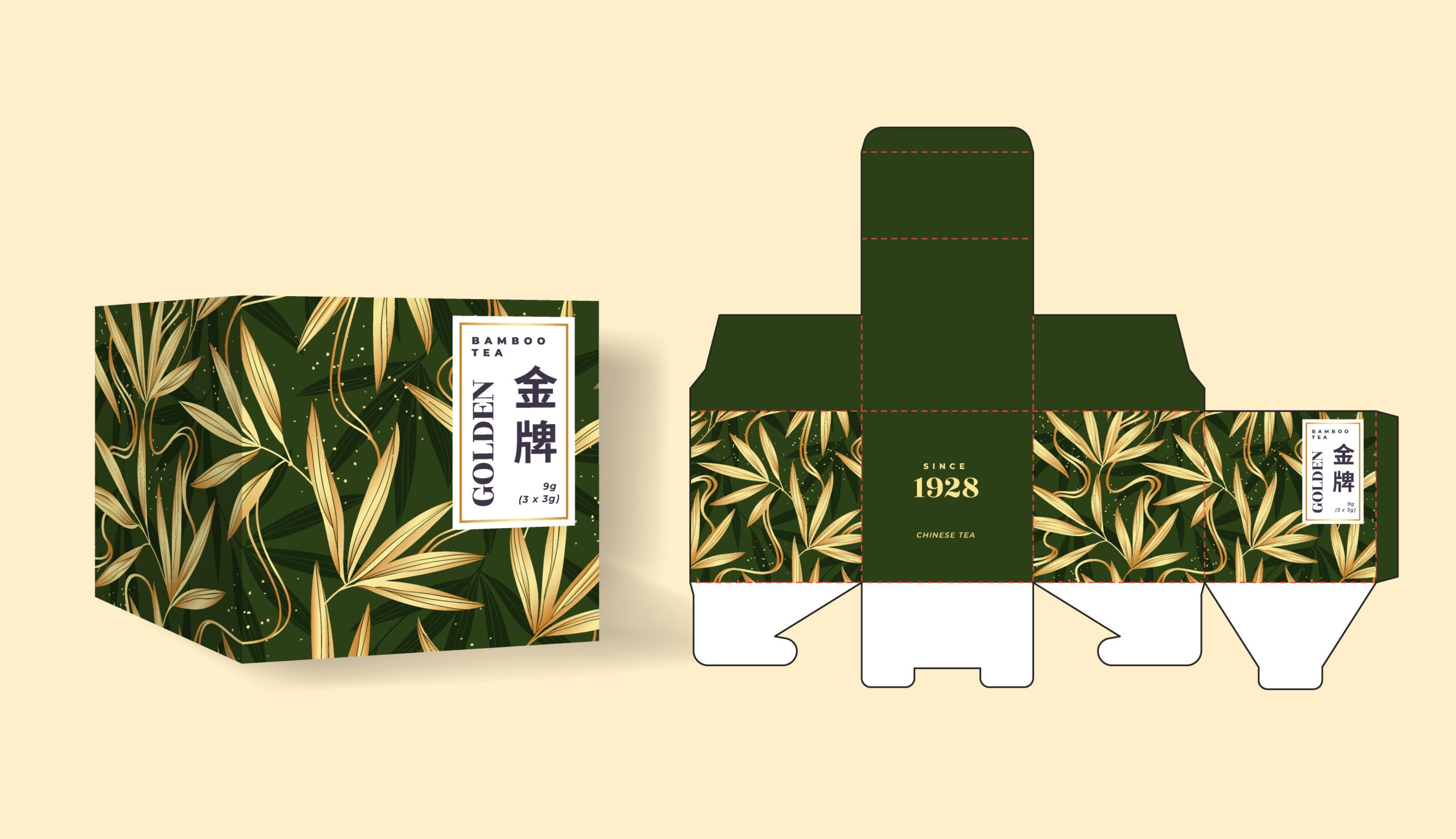Content
In the world of marketing, everything counts. From your brand logo to the colour of your website, every detail contributes to the perception consumers have of your business. And one of those details that is often overlooked, but can have a huge impact, is packaging.
Packaging is not just a wrapper for your product. It’s the first impression your brand makes on the consumer, and it can be the difference between them buying it or ignoring it. Good packaging can generate interest, convey the desired brand image and create a memorable shopping experience. Conversely, bad packaging can frustrate consumers, damage your reputation and cost you money.
In this article, we’ll look at why packaging is so important, how it can affect your business and how you can create winning packaging that will help you win over your customers.

The most common packaging mistakes:
- Low-quality materials: Using cheap or low-quality materials can give a bad impression to consumers and make your product appear to be of lower value. In addition, low-quality materials can be more prone to damage during transport, which can lead to returns and losses.
- Unattractive design: A dull or unattractive packaging design will not catch the attention of consumers and is likely to get lost in the sea of competing products. Good packaging design should be eye-catching, memorable and convey the desired brand image.
- Lack of information: Packaging should provide consumers with all the information they need about the product, including the name, ingredients, directions for use and manufacturer’s contact information. Lack of information can frustrate consumers and lead to returns.
- Printing errors: Printing errors on packaging, such as spelling or grammatical mistakes, can give an image of unprofessionalism and make your product appear to be of poor quality.
- Inadequate packaging: Inadequate packaging can cause the product to be damaged during transport. It is important to choose packaging that is suitable for the type of product and the transport conditions.

The consequences of bad packaging:
Poor quality packaging can have a devastating impact on your business, going far beyond simple consumer annoyance. The negative consequences can affect different areas of your business, from brand image to sales and profitability. Here are some of the main damages that bad packaging can cause:
1. Damage to brand image:
Sloppy, unattractive packaging or packaging that does not properly convey the brand’s identity can create a negative perception among consumers. This can affect confidence in the quality of the product, the professionalism of the company and the value it offers. In a competitive market where brand image is crucial to success, poor packaging can be a liability that hinders differentiation and positioning of the company.
2. Loss of customers:
Consumers who have a negative experience with a product’s packaging are unlikely to buy it again. Frustration, confusion or dissatisfaction with the design, information or quality of the packaging can lead customers to seek alternatives from competitors. Even if the product itself is good, poor packaging can be enough to drive away potential buyers and generate significant losses.
3. Increased returns:
Inadequate packaging that does not adequately protect the product during transport can cause damage during shipping or handling. This can lead to a significant increase in the number of returns, resulting in additional costs for the company in terms of logistics, processing and returns management. In addition, returns create a negative customer experience and can further damage brand image.
4. Lost sales:
Bad packaging can significantly reduce the sales of a product. Consumers tend to choose products with attractive, informative and trustworthy packaging. If your product’s packaging does not meet these expectations, consumers are likely to choose to buy more appropriately packaged products from your competitors. This can result in a considerable loss of revenue and business opportunities.
5. Negative impact on the environment:
Excessive packaging, made of non-recyclable or non-biodegradable materials, can have a negative impact on the environment. This can generate criticism from environmentally conscious consumers and damage the company’s reputation. In addition, the disposal of unsustainable packaging can have a negative impact on fragile ecosystems and contribute to environmental pollution.
6. Damage to the company’s reputation:
Bad packaging can generate a bad reputation for the company, especially if it is associated with unsustainable practices or low-quality products. Negative reviews on social media, negative reviews on online platforms and bad publicity can damage the company’s image and make it difficult to attract new customers.
In short, bad packaging not only affects the consumer experience, but can have devastating consequences for a company’s profitability, brand image and reputation. Investing in high quality, attractive, informative and sustainable packaging is an essential investment for the long-term success of any business.

How to avoid packaging mistakes
To avoid these mistakes and create competitive packaging, we give you a complete checklist from material selection to choosing the right packaging:
Choosing high-quality materials is essential for durable, long-lasting packaging. Consider factors such as strength, flexibility, impermeability and product compatibility. Research different options, such as corrugated cardboard, plastic, glass or metal, and select the one that best suits the specific needs of your product.
On the other hand, a professional designer can help you create packaging that is attractive, memorable and conveys the desired brand image. A good designer will understand your target audience, your brand values and the characteristics of your product to create a design that stands out in the market. In addition, packaging should include all the information necessary for consumers to make an informed purchasing decision. This includes the product name, ingredients (if applicable), instructions for use, nutritional information (if applicable), manufacturer’s contact details and any other relevant information. Make sure the information is clear, concise and easy to read.
Here are some more tips to avoid packaging errors:
- Carefully review the design and printing:
Before sending the packaging to production, a thorough review of the design and printing is crucial. This includes checking spelling, grammar, image quality, color consistency, and accuracy of information. A minor error can have a negative impact on your brand perception, so it’s important to pay attention to details.
- Choose suitable packaging:
Choosing the right packaging is essential to protect the product during transport and storage. Consider factors such as size, shape, weight of product and transport conditions. Choose a package that is durable enough to withstand travel and provides adequate protection against shock, vibration and temperature changes.
- Perform stress tests:
It is advisable to perform stress tests to ensure that the packaging can withstand the actual conditions of transport and storage. This will allow you to identify potential weaknesses and make the necessary improvements before large-scale production.
- To consider sustainability:
In an increasingly environmentally conscious world, it is important to consider the sustainability of packaging. Opt for recyclable or biodegradable materials whenever possible, and minimize the use of excessive packaging. Not only is sustainability beneficial to the planet, but it can also improve your brand image among conscious consumers.
- Request feedback:
Before finalizing the packaging design, it is advisable to request feedback from potential customers, marketing experts and other members of your team. Their feedback can help you identify potential problems, improve design and increase the chances of packaging success.
- Keep up to date with trends:
The world of packaging is constantly evolving, with new technologies, materials and trends constantly emerging. Stay up to date with the latest trends to ensure that your packaging remains attractive, relevant and competitive in the market.
- Investing in quality:
High quality packaging may seem like an expensive investment, but in the long run it will save you money and help you generate more sales. Well-designed and durable packaging can increase customer satisfaction, reduce returns and strengthen your brand image, resulting in a higher return on investment.
By following these guidelines and paying attention to details, you can create a winning packaging that protects your product, conveys the desired brand image and boosts your business’ sales.

Good packaging is an essential investment for any business that wants to succeed in today’s market. A well-designed, high-quality packaging can protect your product, convey the desired brand image and create a memorable shopping experience for consumers. On the contrary, poor packaging can damage your brand, frustrate customers and cost you money. By avoiding common packaging mistakes, you can make sure your product gets off to the best possible start and maximize your chances of success.

